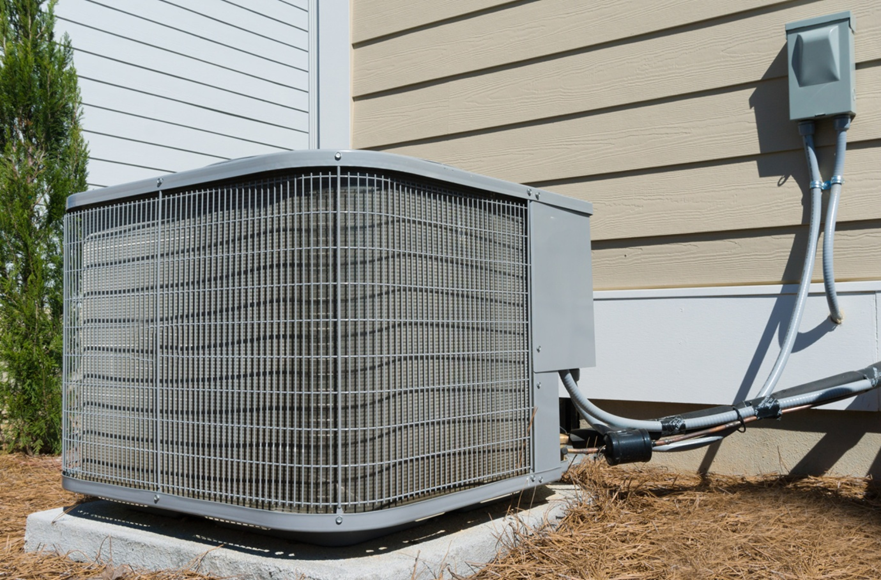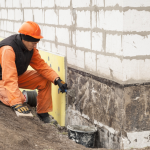Nothing is worse than losing your air conditioning in the middle of the hottest day of the year. And, you don’t think about your AC unit until it gives out on you.
You might try some DIY fixes to save some money on repairs, but unless you are well-versed in the latest in AC installation and maintenance, you could wind up making things worse.
In fact, there are several common AC repair mistakes that AC installers see. Here are seven of them for you to be aware of, so you know how to keep your AC unit running smoothly.
1. Not Changing the Air Filter
One of the easiest DIY tasks you must perform is to change the air filter in your AC unit regularly, at least once every 1-3 months.
If you don’t, your filter will become clogged with dirt and dust, restricting airflow. This puts a strain on other parts of the unit, which, over time, can cause the entire unit to fail. Also, a dirty air filter adds to allergens and pollutants inside your home.
A dirty air filter is the leading cause of unexpected AC repairs. Compare the cost of an air filter, which is anywhere from $15–$30, to the average repair cost, and you will see why keeping a clean air filter is worth the time and effort.
2. Not Having AC Checkups
Many AC repair companies offer heating and air conditioning maintenance contracts to their customers that include 1-2 AC checkups per year.
Just as you take your car for regular oil changes and other preventative maintenance, your annual AC check-up will involve taking care of essential tasks that need to be performed every year for your system to work. Some of these tasks include:
- Checking the motor, blower, drain line, coils
- Checking operating pressures and temperatures
- Checking the return/supply lines and refrigerant levels
- Looking for any loose connections.
Check with your local AC repair company on what type of maintenance packages they offer, so you are on top of any potential AC problems.
3. Ignoring Noises, Smells, and Rising Bills
While it’s not unusual for your AC unit to make little noises occasionally, some noises need attention.
If your older AC unit is making a loud, high-pitched squealing noise, it might be that the belt connecting the motor to the blower has slipped. If you have a newer unit that does not use belts, the bearings on your condenser fan’s motor are probably worn. Other loud noises could mean that something is stuck in the unit.
Burning smells need to be addressed right away. A rotten smell might mean a dead animal trapped inside the unit.
If your energy bills are going up, and your AC unit is old or has not had any recent maintenance, have your AC company out for a check-up.
4. Stuff Around the Outdoor Unit
Putting a cover on the outdoor AC unit, planting flowers or other greenery around the unit, or allowing garbage and other debris to accumulate around the unit might lead to clogs.
While the outdoor unit may not be pleasing to the eye, there needs to be adequate open space around it for optimal circulation.
5. Installing the Wrong Size Unit
It helps to know what AC unit size is right for your home, so you are not paying for an oversized unit you don’t need or sweating because your AC unit is too small.
The smallest central air conditioning unit is 18,000 BTUs (1.5 tons), while the largest is 60,000 BTUs (5 tons.) AC pros recommend approximately 1 ton of AC capacity to cool 600 square feet of area in a properly insulated house. Older homes might require a larger unit.
AC size is also dependant on the climate you live in and the average temperature you tend to keep your thermostat.
Your AC pro will be able to determine the right size unit for your home.
6. Thermostat Issues
Running your AC at the same temperature day and night has its drawbacks in terms of energy use.
You can save a significant amount on your AC costs by getting a programmable thermostat. A programmable thermostat will allow you to keep your house warmer than normal when you are away while cooling the air once you are home. The smaller the difference between the indoor and outdoor temperatures, the lower your overall cooling bill will be.
A common mistake is to set your thermostat at a colder setting than normal when you turn on your air conditioner. Your home does not cool faster just because you lowered the thermostat, and this will lead to unnecessary expenses. A higher interior temperature actually slows the flow of heat into your house, so your AC doesn’t have to work as hard, saving you money.
Keep lamps and other heat-generating items away from the thermostat. Hot appliances near the thermostat will cause it to kick the AC on when it is not needed.
7. Not Calling the AC Pros
The biggest mistake AC mistake is not calling your local AC pro when there is a major problem or even a minor one. The sooner these problems are addressed, the less money you will spend. And, should you need to completely replace your AC unit, your pro will be able to take care of the entire installation procedure.
If you don’t have an AC repair service professional, look for a licensed company with longevity and accreditation. Check online reviews for different companies, and get recommendations from friends and family.
Taking time to find a good AC repair company and then using them when issues arise ensures a dependable AC unit.
Avoid AC Repair Mistakes
Now that you are familiar with these common AC repair mistakes, you can avoid them by performing a few regular maintenance chores and making sure you have a reputable AC pro in your contact list. Preventive care and maintenance of your air conditioning unit is the key to cool, worry-free summers.
Looking for solutions for your home, garden, decor, and more? Check out our home improvement section for the latest trends and tips to enhance your living space!



